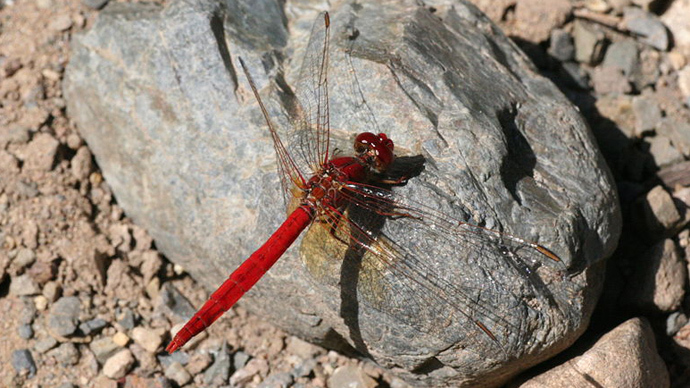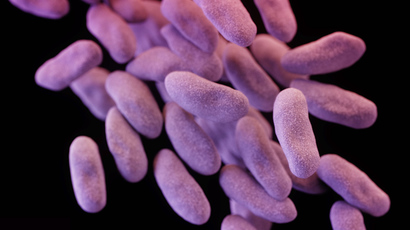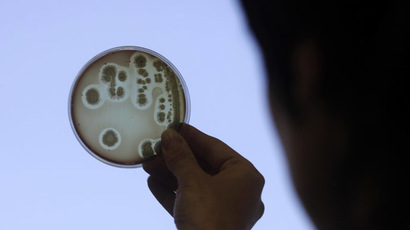Black silicon could germ-proof the world – study

Nanometer high spikes on a material called black silicon, which are similar to those on dragonflies’ wings, cut bacteria to ribbons, paving the way for hospitals and other public places where pesky microbes lurk to be made germ-free.
The study, published on Tuesday in the journal Nature Communications, outlined how scientists in Australia first learned how black silicon’s nano-tech surface is a potent germ killer.
The research team, led by Elena Ivanova at Swinburne University
of Technology in Melbourne, were earlier startled to learn that
the wings of a cicada “possessed potent bactericidal activity
against Pseudomonas aeruginosa,” a common bacterium that can
cause disease in animals, including humans.
The scientists then discovered that it was the surface of the
wings themselves, and not their biochemical functionality, which
was killing the microbes.
Underneath an electron microscope, the cicada’s wings appear to
be tiny little spikes known as nanopillars, which cut bacteria to
bits when they end up on the surface.
Black silicon, has a similar needle-shaped surface, being covered
in a forest of 500 nanometer (500 billionths of a meter) high
spikes that rip open the cell walls of any bacterium which comes
into contact with it.

The scientists then put black silicon and dragon fly wings -
which have even smaller spikes, measuring just 240 nanometers
high – through the ringer.
Both surfaces lay waste to two categories of bacteria, called
Gram-negative and Gram-positive, along with endospores – the
protective shell that coats certain kinds of dormant germs.
Testing the surfaces against three bugs, P. aeruginosa,
Staphylococcus aureus and Bacillus subtilis, the kill rate was
determined to be 450,000 bacterial cells per square centimeter
per minute over the first three hours of exposure.
This is 810 times the minimum dose needed to infect a person with
S. aureus, and a massive 77,400 times that of P. aeruginosa.
Although the cost of manufacturing black silicon may prohibit its
use as a wide-spread germ-killing coating, the scientists said
cheaper synthetic antibacterial nano-materials which have similar
levels of effectiveness can be “fabricated over large
areas."














